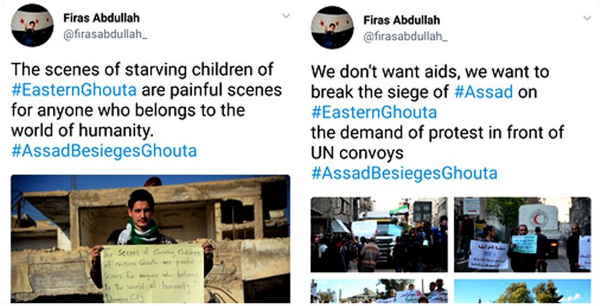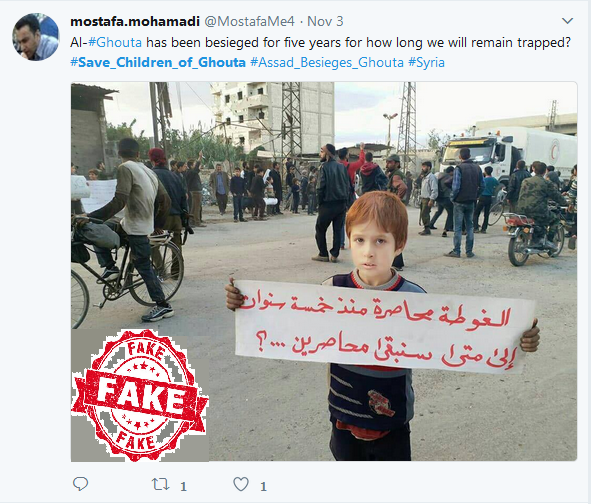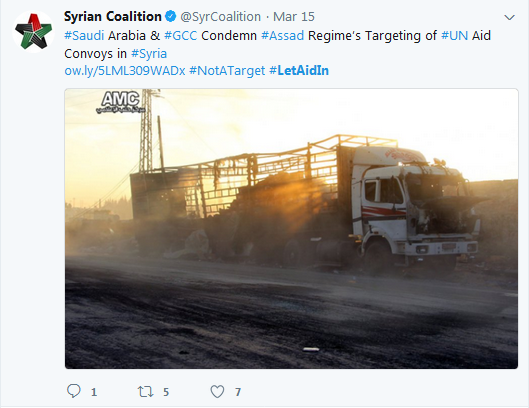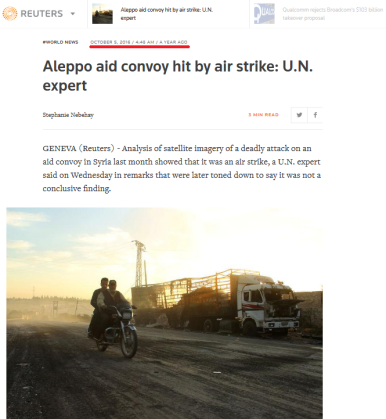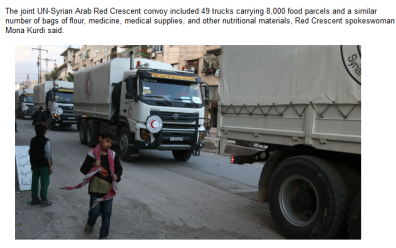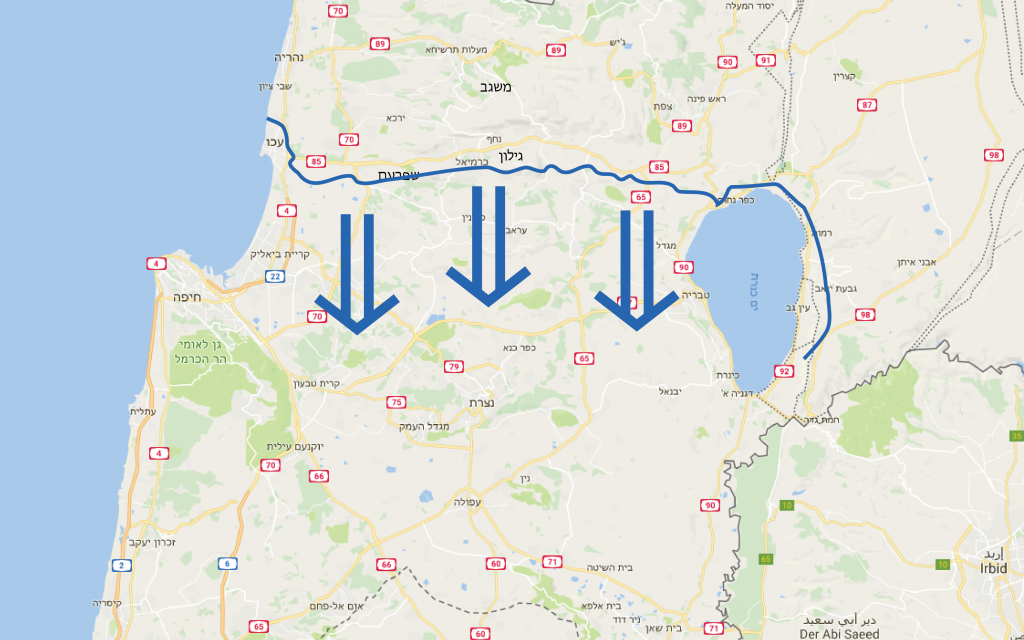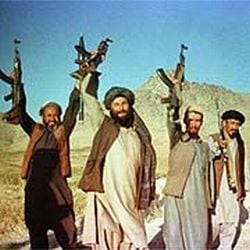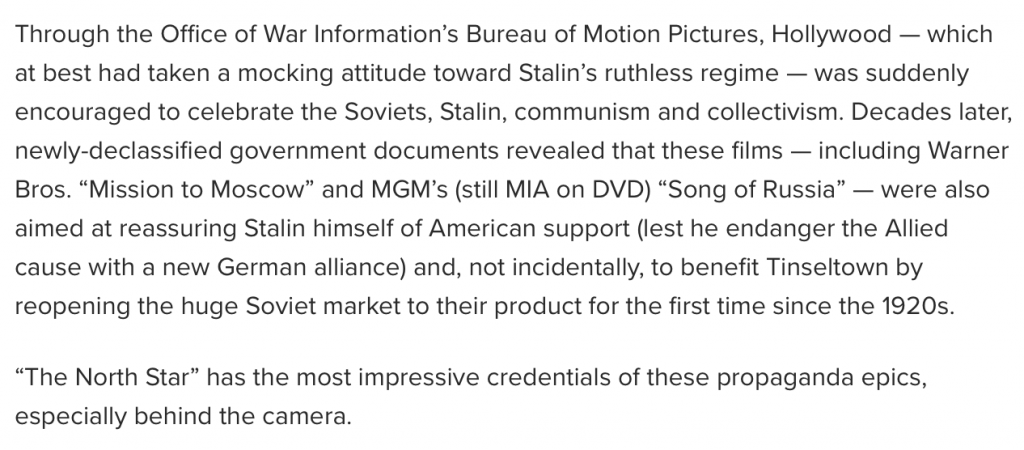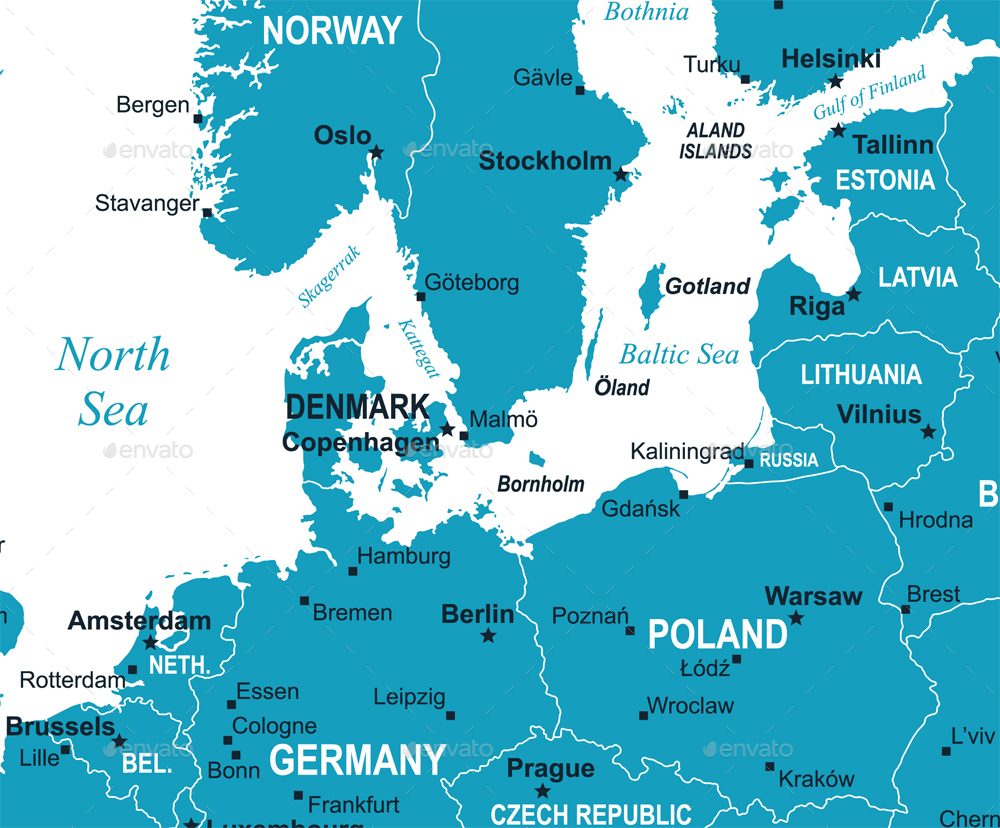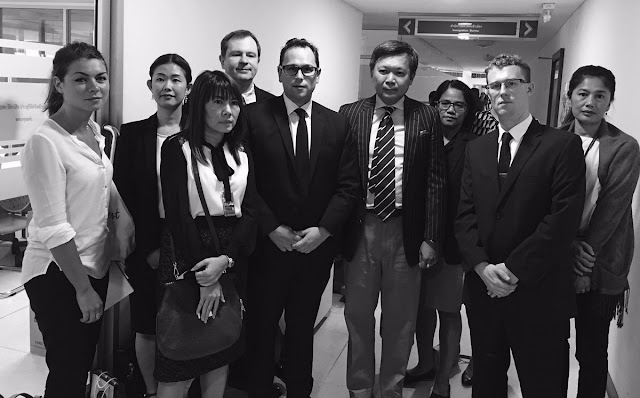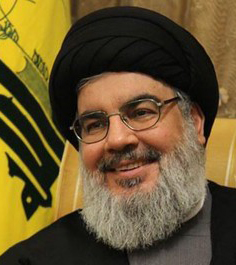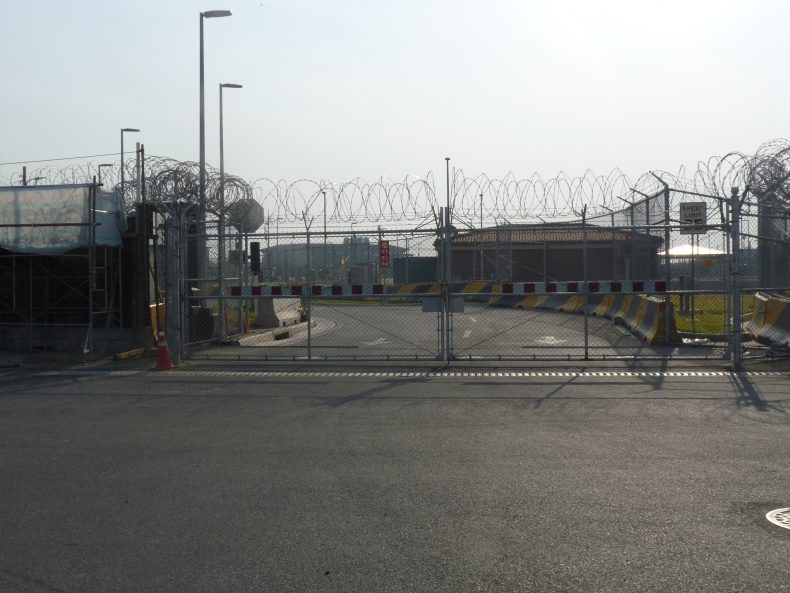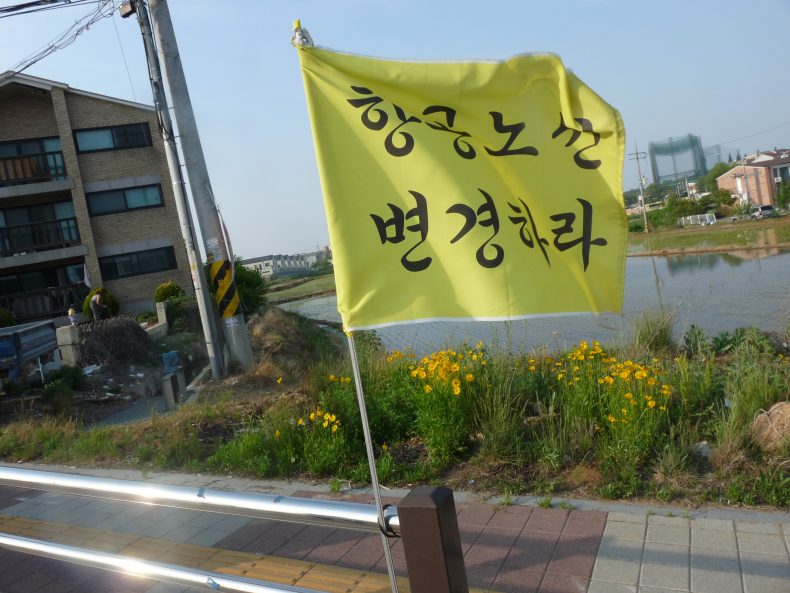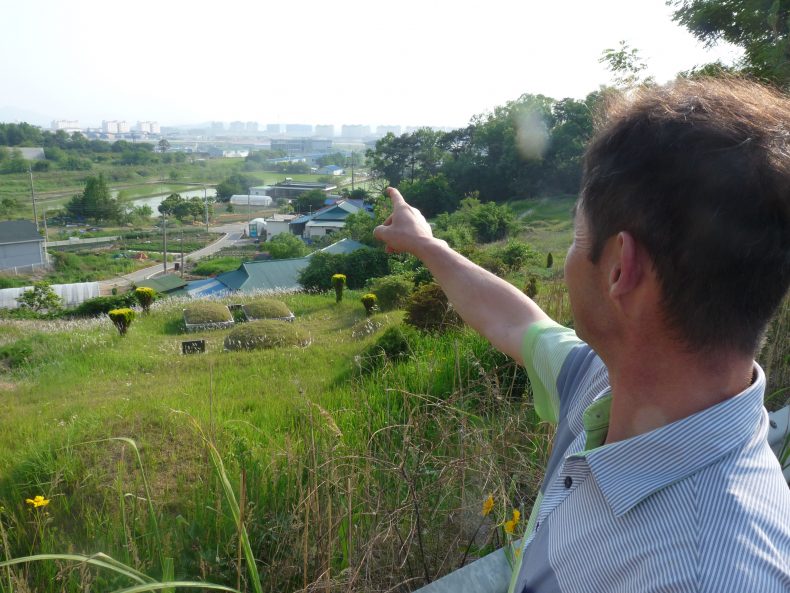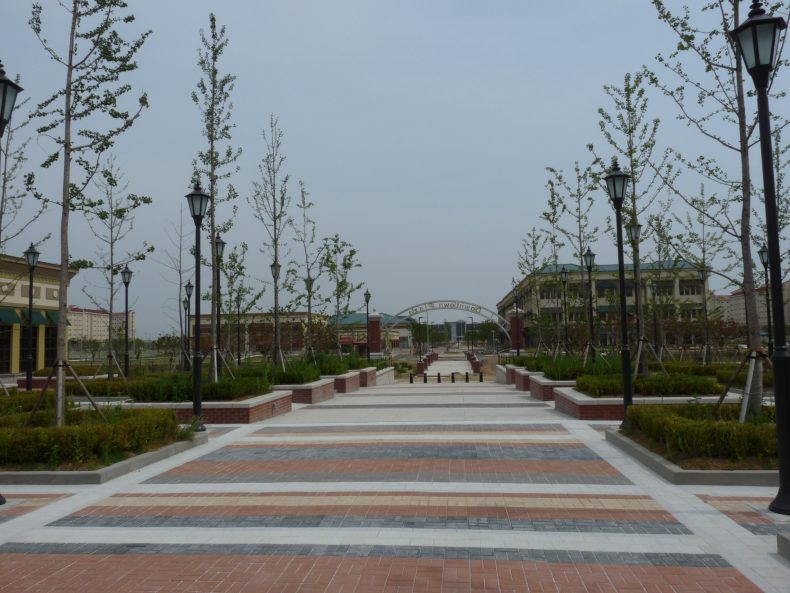Reinventing the World Social Forum? The Corporate Funding of Social Activism
November 15th, 2017 by Boaventura de Sousa Santos
We bring to your attention this incisive article by Boaventura de Sousa Santos on the history and contradictions of the World Social Forum (WSF) founded in 2001 as well as introductory text by Michel Chossudovsky pertaining to the corporate funding of the WSF.
.
The World Social Forum (WSF) and the Corporate Funding of Social Activism
by Michel Chossudovsky
The World Social Forum operating under the banner of “Another World is Possible” was founded in 2001 at its inaugural venue of Porto Alegre. Brazil.
From the outset in 2001, the WSF has been upheld as an international umbrella representing grassroots people’s organizations, committed to reversing the tide of globalization and confronting neoliberalism. Its stated intent is to challenge corporate capitalism and its dominant neoliberal economic agenda.
De Sousa Santos raises two important questions:
“Could the WSF be a truly world, progressive forum if the big NGOs (non-governmental organizations) were in control to the detriment of the small ones and grassroots social movements?”
“Could there be, behind the ideology of consensus, the iron hand of some entities, individuals, or positions?
Who are these Big NGOs which have put forth an ideology of consensus dominated by “some entities”?
While the stated objective of the WSF is to fight neoliberalism, the unspoken truth is that from the very outset, the WSF has been funded by the protagonists of neoliberalism, namly corporate foundations. And the so-called Big NGOs have in this regard been co-opted.
The objective from the outset in 2001 was to subdue, control and manipulate the People’s movement.
The Ford Foundation (which has links to the CIA) provided funding under its “Strengthening Global Civil Society” program during the first three years of the WSF starting in 2001.
When the WSF was held in Mumbai in 2004, the Indian WSF host committee declined support from the Ford Foundation. This in itself did not modify the WSF’s relationship to the donors. While the Ford Foundation formally withdrew, other foundations positioned themselves.
The WSF (among several sources of funding) today is supported by a consortium of corporate foundations under the advisory umbrella of Engaged Donors for Global Equity (EDGE).
This organization, which previously went under the name of The Funders Network on Trade and Globalization (FTNG), played a central role in the funding of successive WSF venues. From the outset in 2001, it had an observer status on the WSF International Council.
In 2013, the Rockefeller Brothers representative Tom Kruse co-chaired EDGE’s program committee. At the Rockefeller Brothers Fund, Kruse was responsible for “Global Governance” under the “Democratic Practice” program. Rockefeller Brothers grants to NGOs are approved under the “Strengthening Democracy in Global Governance” program, which is broadly similar to that put forth by the US State Department.
A representative of the Open Society Initiative for Europe currently (2016) sits on EDGE’s Board of directors. The Wallace Global Fund is also on its Board of Directors. The Wallace Global Fund is specialized in providing support to “mainstream” NGOs and “alternative media”, including Amnesty International, Democracy Now (which supported Hillary Clinton’s candidacy for president of the US).
In one of its key documents (2012), entitled Funders Network Alliance In Support of Grassroots Organizing and Movement-Building (link no longer available) EDGE acknowledged its support of social movements which challenge “neoliberal market fundamentalism.” including the World Social Forum, established in 2001:
“From the Zapatista uprising in Chiapas (1994) to the Battle in Seattle (1999) to the creation of the World Social Forum in Porto Alegre (2001), the TINA years of Reagan and Thatcher (There Is No Alternative) have been replaced with the growing conviction that “another world is possible.” Counter-summits, global campaigns and social forums have been crucial spaces to articulate local struggles, share experiences and analyses, develop expertise, and build concrete forms of international solidarity among progressive movements for social, economic and ecological justice.”
But at the same time, there is an obvious contradiction: another world is not possible when the campaign against neoliberalism is financed by an alliance of corporate donors firmly committed to neoliberalism and the US-NATO military agenda.
The Consortium of Donors (EDGE) confirmed its commitment (at the 2016 Montreal WSF) as follows:
“…to develop an intersectional space for funders and various movement partners – organizers thought leaders and practitioners – to build alignment by cultivating a shared understanding of the visions, values, principles and pathways of a “just transition.” (See http://edgefunders.org/wsf-activities/)
“Just Transition” implies that social activism has to conform to a “shared vision” with the corporate foundations, i.e. nothing which in a meaningful way might upset the elite structures of global capitalism.
From the standpoint of the corporate donors “investing in the WSF” constitutes a profitable (tax deductible) undertaking. It ensures that activism remains within the confines of “constructive dialogue” and “critique” rather than confrontation. Any deviation immediately results in the curtailment of donor funding:
“Everything the [Ford] Foundation did could be regarded as “making the World safe for capitalism”, reducing social tensions by helping to comfort the afflicted, provide safety valves for the angry, and improve the functioning of government (McGeorge Bundy, National Security Advisor to Presidents John F. Kennedy and Lyndon Johnson (1961-1966), President of the Ford Foundation, (1966-1979))
The limits of social dissent are thereby determined by the “governance structure” of the WSF, which was tacitly agreed upon with the funding agencies at the outset in 2001.
How best to control grassroots dissent against global capitalism?
Make sure that their leaders can be easily co-opted and that the rank and file will not develop “forms of international solidarity among progressive movements” (to use EDGE’s own words), which in any meaningful way might undermine the interests of corporate capital.
The mosaic of separate WSF workshops, the relative absence of plenary sessions, the creation of divisions within and between social movements, not to mention the absence of a cohesive and unified platform against the Wall Street corporate elites, against the fake US sponsored “global war on terrorism”, which has been used to justify US-NATO’s “humanitarian R2P interventions (Afghanistan, Syria, Iraq, Libya, Yemen, Ukraine, etc).
The corporate agenda is to “manufacture dissent”.“The limits of dissent” are established by the foundations and governments which ultimately finance this multimillion dollar venue.
What ultimately prevails is a ritual of dissent which does not threaten the New World Order. Those who attend the WSF from the grassroots are often misled by their leaders. Activists who do not share the WSF consensus will ultimately be excluded:
“By providing the funding and the policy framework to many concerned and dedicated people working within the non-profit sector, the ruling class is able to co-opt leadership from grassroots communities, … and is able to make the funding, accounting, and evaluation components of the work so time consuming and onerous that social justice work is virtually impossible under these conditions” (Paul Kivel, You Call this Democracy, Who Benefits, Who Pays and Who Really Decides, 2004, p. 122 )
“Another World is Possible” is nonetheless an important concept, which characterizes the struggle of the peoples movements against global capitalism Worldwide.
While there have been several important accomplishments of the WSF, largely as a result of the commitment of grassroots activists, the stated goal of fighting neoliberalism was scrapped from the very outset. What remained was the rhetoric of fighting neoliberalism.
Among the two major accomplishments are the participation of the WSF in the February 2003 Worldwide protest against the US led war on Iraq. The WSF has also supported progressive movements and governments, particularly in Latin America.
Activism is being manipulated: “Another World is Possible” cannot, however, be achieved under the auspices of a WSF which from the outset was funded by global capitalism and organized in close liaison with its corporate and government donors.
This is the key issue which has to be addressed.
Reinventing the WSF ? Or
Rebuilding Real Social Activism? The latter requires as a very step the ditching of the corporate donors, followed by the building of a real Worldwide grassroots social movement committed to fighting neoliberalism with independent sources of funding. No easy task.
Michel Chossudovsky, November 14, 2017
***
Reinventing the World Social Forum?
by Boaventura De Sousa Santos
The World Social Forum (WSF) met for the first time in Porto Alegre, Brazil in 2001. This was an event of extraordinary importance. It signaled an alternative form of globalization to the globalization being promoted by global capitalism, at a time when capitalism was increasingly assuming it is most exclusive and antisocial version: neoliberalism.
the WSF “put on the international agenda the struggles of the movements and social organizations fighting all over the world against the many faces of social exclusion: economic, racial, ethno-cultural, sexist, religious, etc.”
The WSF was, at the same time, both a symptom and a potentiality of the hope harbored by the oppressed social groups. It emerged as a world vocation in Latin America, because the subcontinent was then the world region where the popular classes were more consistently translating hope into forms of progressive government.
Such hope, both utopian and realistic, had been recently reignited in Hugo Chavez’s Venezuela, from 1998 onwards, and would go on sparking with the new governments of Lula da Silva (Brazil) and Nestor Kirchner (Argentina), in 2003, and, in the following years, Rafael Correa (Ecuador), Evo Morales (Bolivia), Manuel Zelaya (Honduras), Fernando Lugo (Paraguay), and Pepe Mujica (Uruguay). With the WSF, a decade of hope was inaugurated and, starting from the subcontinent, projected throughout the whole world. Only in the subcontinent did it make sense to speak of “21st-century socialism,” even if the concrete political practices had little to do with the discourses.
The great novelty of the WSF and its most precious asset was that it facilitated relations of mutual knowledge among the social movements and organizations involved in all kinds of struggles in different countries and according to historically very distinct political cultures. At the beginning, such an objective was well served by a culture of free and consensual discussion, as well as by the refusal of the WSF, as such, to make any political decisions. Which does not mean that, from the very beginning, there was no political debate among the more committed activists, a debate that became increasingly intense in the course of time.
Political Issues of Debate in WSF
Here are some of the main issues. Could the WSF be a truly world, progressive forum if the big NGOs (non-governmental organizations) were in control to the detriment of the small ones and grassroots social movements? If those in more need for the solidarity of the WSF could not afford to participate? If the dominant forces in the WSF did not fight against capitalism, rather fought, at most, against neoliberalism? Could there be, behind the ideology of consensus, the iron hand of some entities, individuals, or positions? If no political decisions were allowed, what would the point be of continuing to meet and repeat ourselves? Since there were no structures to organize the debates, those who felt troubled by these issues gradually withdrew. Nonetheless, the genius of the WSF was to go on attracting, over more than ten years, new movements and organizations.
However, by the end of the first decade of 2000 the international conjuncture had changed in ways that were dramatically opposed to the objectives of the WSF. Undermined by their own internal contradictions, the progressive governments of Latin America were in crisis. U.S. imperialism, which had been focusing on the Middle East for a decade, came back in force to the continent. The first signal was the forced resignation, in 2009, of President Manuel Zelaya, a democratically elected president. [Ed.: see Bullet No. 290] It became the first test of a new kind of institutional coup under democratic guise. It would repeat itself in Paraguay in 2012 [Ed.: see Bullet No. 657] and Brazil in 2016 [Ed.: see Bullet No. 1249]. Neoliberalism, fully backed now by global financial capitalism, invested strongly against every policy of social inclusion. The financial crisis provoked the social crisis and, as a result, the movements had to focus on national and local struggles. Actually, these struggles were increasingly more difficult because of repression and persecution. Under the excuse of the “war on terror,” the paranoia of surveillance and security rendered extremely difficult even the international mobility of activists, as witness Montreal 2016, when more than 200 visas were refused to activists of the global South.
Under such circumstances, what would the viability and usefulness of the WSF be?
At a time when not only social policies but also democracy itself are at risk, would the continuity of the WSF be sustainable, a WSF reduced to a mere forum of debate and self-prevented from making decisions at the exact moment when neofascist forces were taking power? Such questions indicated an existential crisis of the WSF.
The crisis reached its utmost at the meeting of the International Council (IC) in Montreal, when this organ refused to take a position against the impeachment of President Dilma Rousseff. I left the meeting feeling that the WSF was at a crossroads: either it would change or it would perish. For the past months, I have been thinking that it would agonize and slowly perish. Lately, however, as I watch the dynamism of the preparation of the WSF of Salvador (March 13-17, 2018), I concluded that the possibility of change is there, and that the WSF may yet adjust to the dramatic conditions and challenges of the present time.
What Are the Necessary Changes?
Proposal 1
During the forthcoming WSF in Salvador, a plenary assembly will be convened with only one item on its agenda: alteration of the Charter of Principles. Proposals will be accepted up to the previous day. The assembly board composed of three members of the local Salvador committee and two members of the IC will be in charge of organizing the vote. The Popular University of Social Movements (PUSM), of which I am a representative, is preparing to present the following proposal:
“According to its terms, the WSF proclaims to be an organization and a process committed to defending and strengthening democracy, and claims competence to make political decisions whenever democracy is in danger. Concrete political decisions are made by the movements and organizations in charge of promoting each meeting of the WSF, whatever their geographic or thematic scope. The political decisions are valid within the geographic and thematic scope in which they are made.”
Proposal 2
The current IC moves to suspend itself and open itself to a refoundational debate to be concluded in the plenary assembly of Salvador. The proposal being prepared by the PUSM addresses the following items:
- The IC is hereupon to be composed of permanent members (those who are already and have declared to wish to continue to be permanent members) and an equal number of members elected at the Salvador WSF from among organizers and participants, bearing in mind diversity of countries, cultures, and struggles. Such will be the composition of the IC until the next WSF. The following WSF will have sovereignty to vote other proposals.
- The IC is an organ for reflection, guidance, and facilitation. It has competence to decide, among several proposals, the venue of the next meetings of the WSF.
Proposal 3
The decisions of the WSF will be made at the plenary assemblies of the different Forums and will concern the scale and topic that presided over the meeting.
The Salvador WSF is perhaps more needed today than the Porto Alegre one was at the time. Will there be conditions not to squander this (last?) opportunity?
Boaventura de Sousa Santos is an activist in the WSF from the very beginning, a member of The International Council as a representative of the Popular University of the Social Movements, author of The Rise of the Global Left: The World Social Forum and Beyond (2006). London: Zed Books.
First published in the Bulletin Intercoll, Novembre 2017.
Featured image is from the author.


